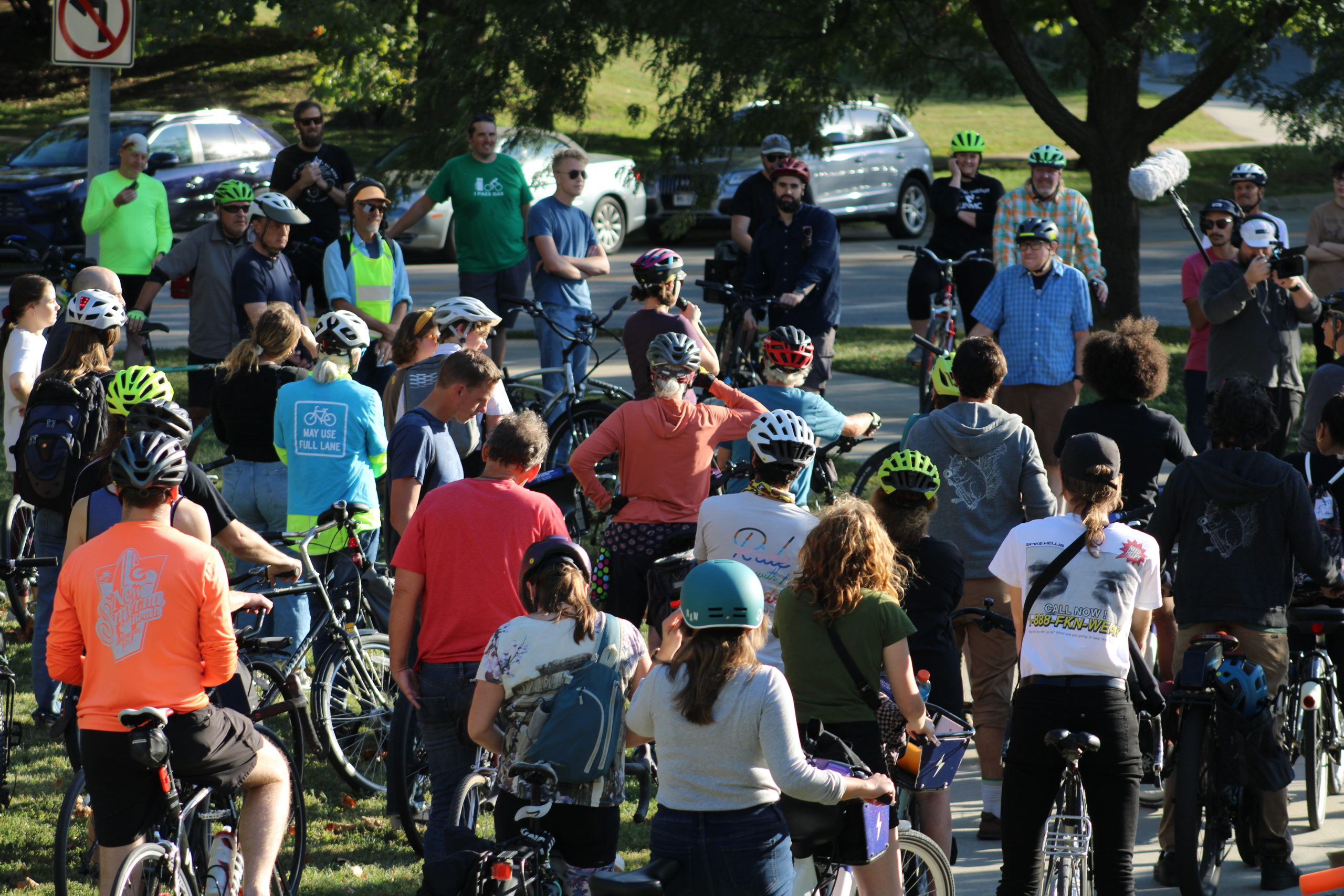The City of Omaha is making several improvements to parking policies and these changes will continue to improve multimodal transportation and economic development in our community.
 The first changes included reduced pricing for some parking garages. Upcoming improvements are additional metered parking hours (nights and weekends), some modified rates, and new marketing and signage. The changes will more efficiently use space near downtown businesses, open on-street parking availability, and shift longer-term parking to underutilized garages. Such changes will be good for business and economic development in the urban core, will help reduce negative impacts on the environment, and will improve transportation mobility and safety.
The first changes included reduced pricing for some parking garages. Upcoming improvements are additional metered parking hours (nights and weekends), some modified rates, and new marketing and signage. The changes will more efficiently use space near downtown businesses, open on-street parking availability, and shift longer-term parking to underutilized garages. Such changes will be good for business and economic development in the urban core, will help reduce negative impacts on the environment, and will improve transportation mobility and safety.
According to a recent OWH article, the City has been paying more to provide and manage parking than it has been able to collect in revenue. In 2012, the City lost around $2.4 million, thus providing a substantial subsidy to enable people to park their vehicles downtown. Meanwhile, a 2011 study of downtown parking commissioned by the City and MAPA found that while parking demand exceeded capacity in the Old Market on a typical Friday night, nearly half of all spaces in the downtown area remained unused at the same time. Old Market businesses found little turnover in spaces in front of their establishments because the cost to park was low or free at night.
To shift this problem, the City has begun implementing changes to better balance parking supply and demand and has already seen revenue from parking fees improve greatly to a $640,000 surplus in 2014. These funds will pay for enforcement, garage debt, and maintenance of roads and pavement. Revenue should also be invested in infrastructure to encourage walking, biking, and transit, thereby reducing the need and costs for parking infrastructure even further.
The proposed changes should also lead to a decrease in cruising for on-street parking and an improvement in traffic congestion downtown. A study by Donald Shoup, an expert on parking, found that on average, 34 percent of traffic in major urban areas is made up of people cruising to find on-street parking. This behavior leads to unnecessary congestion and pollution, a cost and hassle which is felt by everyone.
Data from a March 2012 study on parking changes in Seattle suggest such changes can increase business. According to the analysis reported in Sightline Daily:
By increasing turnover in on-street parking and ensuring that spaces are available for customers, well-calibrated parking policies really can increase patronage. (After all, would you rather grind through congested downtown streets in the rain while hunting for a parking space or pay a few bucks to stash the car curbside until 8?) In fact, boosting business is exactly what Seattle set out to do when officials adjusted meter rates and extended paid hours downtown.
Finally, the changes should lead to better land use in the downtown area. Space in downtown has increasingly been given to parking over the decades, rather than to higher, more economically-beneficial purposes that also enable the dense land use Omaha needs to become more walkable, bikeable, transit-friendly, and economically successful. With more and better transportation options available, people visiting or working downtown can get around without having to worry about driving and parking. Having such options can also help improve safety and reduce drunk driving and alcohol-related traffic crashes.
Cities such as Pasadena, CA, Boulder, CO, St. Paul, MN, Denver, CO, Washington, DC, and Chicago, IL have seen benefits from similar parking changes. It’s time for Omaha to join these cities in creating a more economically sustainable, safe, attractive, and enjoyable city.


